For Jewish children, one of the joys of Purim is dressing up, and on a more serious note, costumes send two central messages on Purim. First, costumes indicate that the surface of something may not reflect the actuality of that thing. Second, since God’s name does not appear in Megilat Esther, God is essentially hiding behind the text, arranging the string of “coincidences” that guide Esther’s story to its grand conclusion. Similarly, we hide our true faces from each other and present false fronts.
Often, in the Jewish nonprofit world, we employ a similar strategy of hiding not limited to Purim use. This hiding also happens with words. Recently, we constructed a list composed of jargon we hear often in our nonprofit world. At one time these words conveyed profound meaning. Through overuse, they have become less impactful. On the positive side, these words seek to create a common language and a connection among professionals and lay leaders. On the less positive side, their use becomes banal and blunted when used haphazardly.
In honor of the themes of Purim, I suggest that we utilize the Jewish tradition of Purim humor. In the 2011 Positive Psychology work by Müller and Ruch, Humor and Strengths of Character, they point out that the ability to laugh at our foibles makes us stronger and more connected to each other. In addition, we gain realizations and perspectives about ourselves.
With this in mind, help us be closer and happier with some fun wordplay. Construct a few sentences—or even a paragraph—using the buzzwords below. Perhaps, we can use this as an opportunity to remove our masks and become more transparent with one another—and ourselves.
Here’s the list:
Back end
Bandwidth
Best Practice
Buzzword
Circle back
Clarity
Collaboration
Drill down
Engagement
Granular
In the weeds
Innovation
Intrapreneur
It is what it is
Low hanging fruit
Move the needle
Outside of the box
Robust
ROI
Scaffolding
Scalable
Share out
Touch base
Transparency
Value add
Wheelhouse
Win Win
Purim Sameach/Happy Purim!

